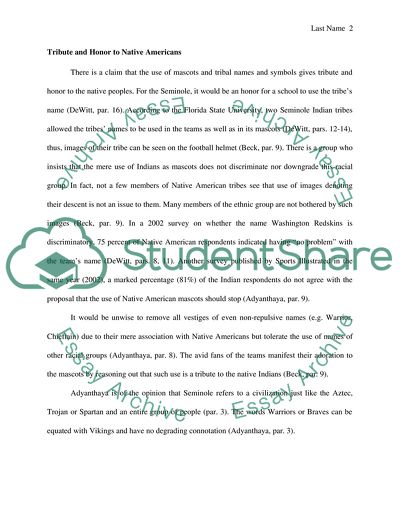Cite this document
(“Sports Mascots and Racism towards Native Americans Term Paper”, n.d.)
Sports Mascots and Racism towards Native Americans Term Paper. Retrieved from https://studentshare.org/sociology/1736643-native-american-studies
Sports Mascots and Racism towards Native Americans Term Paper. Retrieved from https://studentshare.org/sociology/1736643-native-american-studies
(Sports Mascots and Racism towards Native Americans Term Paper)
Sports Mascots and Racism towards Native Americans Term Paper. https://studentshare.org/sociology/1736643-native-american-studies.
Sports Mascots and Racism towards Native Americans Term Paper. https://studentshare.org/sociology/1736643-native-american-studies.
“Sports Mascots and Racism towards Native Americans Term Paper”, n.d. https://studentshare.org/sociology/1736643-native-american-studies.


